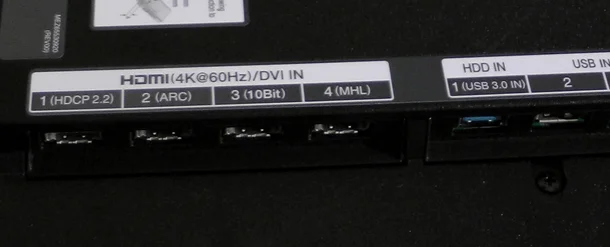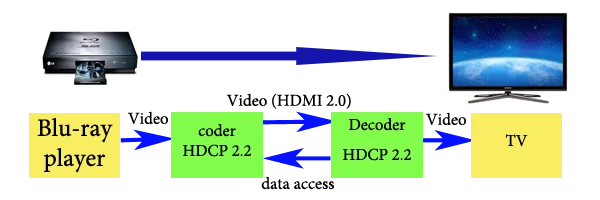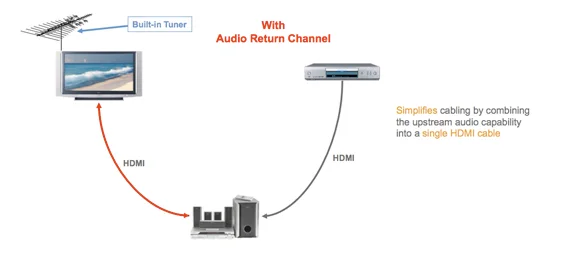Which HDMI port to use for 4k
To watch UHD (4K) video, you can use any port of the 2.0 standard or higher; such ports support streaming 4K. But you should know that the cable you use to connect your device to the TV must support the 2.0 standard or higher; it must be the 2.0 or 2.1 standards. This is not just because the cable uses more physical conductors to transfer information.
The HDMI port has become a standard for TVs, with many TV manufacturers specifying additional port capabilities. And they also use some marketing tricks, like writing HDMI 10 bit or writing Game. Yes, of course, there are cases where some manufacturers install ports of different standards to save money; for example, the TV can only have one HDMI 2.1 port.
HDMI Port Types for 4K
For example, some TV manufacturers, such as LG, have signed HDMI (4K@60Hz) DVI IN: 1HDCP 2.2, 2ARC, 310Bit, 4MHL). This was from 2014-2018. The labels near the ports are many; I will now tell you what you can connect to such ports.
Be aware that while standards should standardize HDMI ports, TV manufacturers are saving money, and very often, some features are not available in all HDMI ports, but only in some.
HDMI 4k@60Hz/DVI IN
HDMI 4k@60Hz/DVI IN (I took the picture you saw) means that this TV has standard 2.0 or higher HDMI ports. These ports support 4k video (3840 x 2160 pixels) and 60fps, and these ports can also accept a DVI standard signal. Since HDMI is backward compatible, all HDMI 4K ports support connecting devices with HDMI without 4K support; any device that outputs video over HDMI can be connected to a TV with HDMI 4K ports.
HDMI Port (HDCP 2.2) TV
HDMI (HDCP 2.2) This is the copy protection version 2.2.
HDMI HDCP was first developed as a secure data connection for high-definition video devices. HDCP 2.2 is the new version for better protection. You can connect any device to this port, but additionally, the port supports a secure connection to a device that broadcasts protected movies, like a Roku or a player. A secure connection means that on the device which transmits video, there is an encoder chip it changes the order of the information, and the TV decodes the signal when it is received. If you have a Blu-ray player with an HDMI 2.0 port that supports HDCP 2.2 and want to run a movie on it, your TV must support HDCP 2.2 encoding to watch it.
HDMI HDCP 2.2 is not backward compatible. Earlier versions are not supported. One of the requirements for manufacturers of devices that support 4K video is that they have ports HDMI that support HDCP 2.2.
HDMI TV port (ARC)
HDMI Audio Return Channel (ARC), this port has an additional chip to output audio from the HDMI IN of the TV. It is designed to connect external audio devices via HDMI. For example, you can buy a soundbar, connect it to an HDMI ARC and get sound on it. Subsequently, the HDMI ARC received a new version of HDMI eARC, standardized for HDMI 2.1. You can connect any other device to this port if you do not use an audio return channel.
HDMI 10Bit TV port
HDMI 10Bit This label says that the TV can receive a video stream with a color depth of 10Bit, over a billion shades. In case you were wondering, television is based on three colors (red, blue, and green); all other colors are a mixture of the three. This label does not mean anything, just marketing; feel free to connect any device to this port.
HDMI MHL TV port
HDMI MHL (Mobile High-Definition Link) The port supports USB Data (USB→HDMI). For example, you can transfer photos, videos, or music from your phone (USB) to your TV (HDMI). The TV has a special chip that converts USB to HDMI; gradually, this standard has become obsolete and is hardly used nowadays. You can also connect any device to this port.
Let me say this; it is essential to know the following: the inscriptions ARC and MHL matter, and only if you use these ports’ features.









